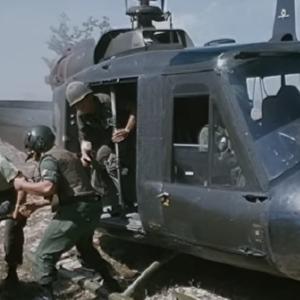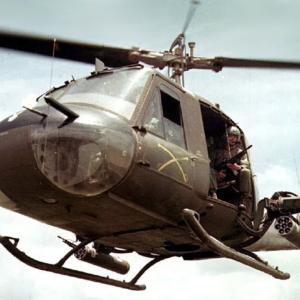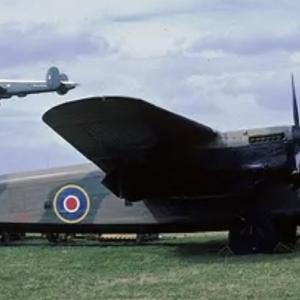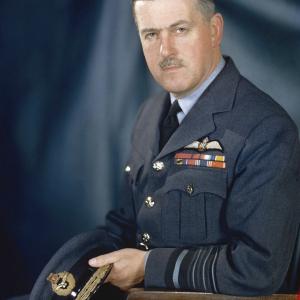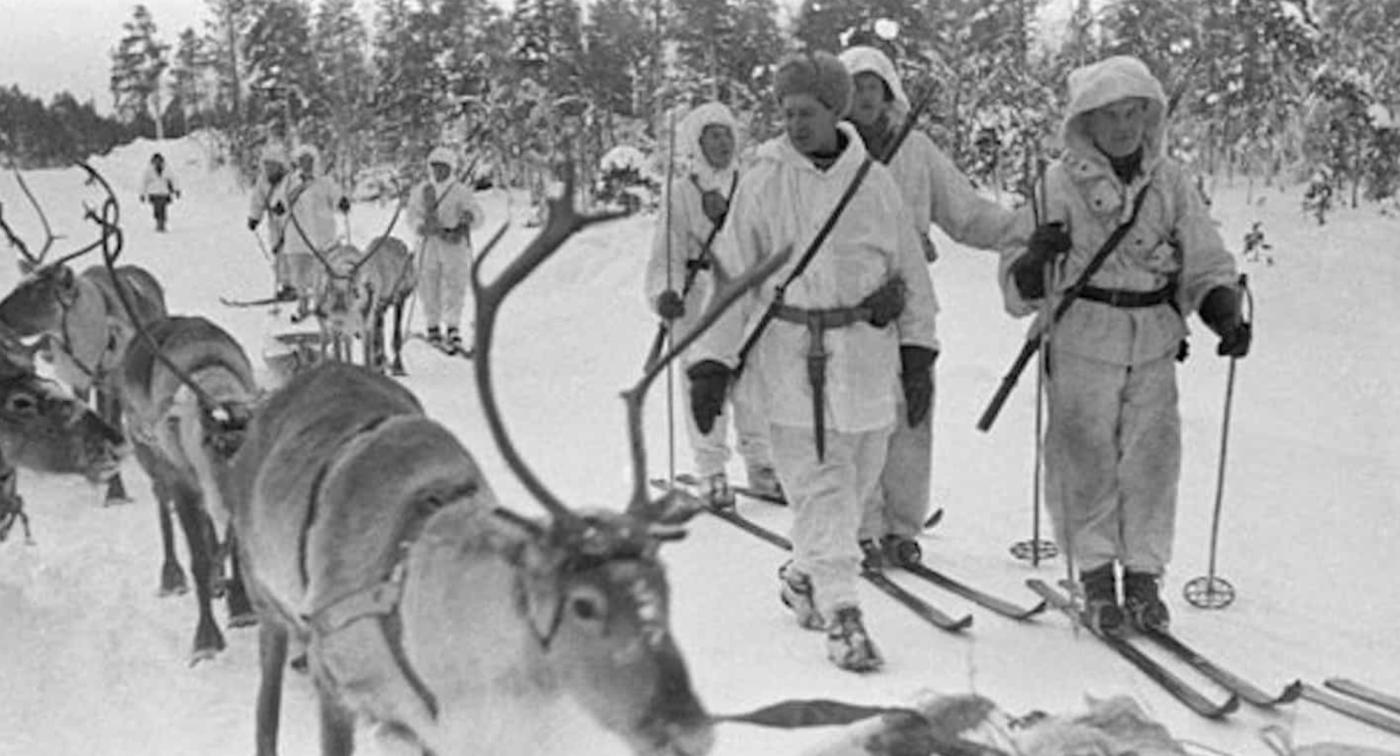
Finish skiing soldiers
During World War II, Finland found itself caught between two powerful adversaries—the Soviet Union and Nazi Germany. Despite being outnumbered and outgunned, Finnish soldiers leveraged one of their most valuable allies: the unforgiving Arctic environment. Drawing from generations of survival in subzero wilderness, Finnish troops used their intimate knowledge of the terrain, skis, and camouflage to wage highly effective guerrilla warfare.
One of the most iconic images of the Winter War (1939–1940) and Continuation War (1941–1944) is that of Finnish soldiers gliding silently through snow-covered forests on skis, dressed head to toe in white. These soldiers, often referred to as “ghosts of the forest,” were masters of winter combat. The snow provided natural concealment, and their white camouflage suits rendered them almost invisible to the enemy. Using skis instead of traditional infantry boots allowed them to move swiftly and silently across frozen landscapes, giving them unmatched mobility.
A prime example of Finnish winter warfare prowess was seen during the Battle of Suomussalmi in December 1939. A vastly outnumbered Finnish force of around 11,000 men faced off against over 45,000 Soviet troops. Instead of confronting the Soviets head-on, the Finns split into small mobile ski units. These units infiltrated Soviet lines, ambushed supply routes, and isolated enemy columns. Soviet tanks and vehicles, bogged down by snow and poor roads, were sitting ducks for the Finnish hit-and-run tactics. By the end of the battle, two entire Soviet divisions were annihilated, with over 17,000 Soviet casualties—an astounding victory for the Finns.
The tactics of skiing troops extended beyond sabotage. They excelled in surprise attacks, often striking at night or during snowstorms when visibility was low. Finnish snipers, like the legendary Simo Häyhä, operated in white suits, blending into the snow. Häyhä alone is credited with over 500 confirmed kills, earning him the nickname "The White Death" among Soviet soldiers.
Finnish soldiers displayed incredible resilience and ferocity, often described by their national trait sisu—a term roughly translating to grit, determination, and unyielding resolve. Against both Soviet and, later in the war, German forces, this spirit defined Finland's military strategy.
During the Continuation War (1941–1944), Finland aligned temporarily with Germany in hopes of regaining territory lost to the Soviets in the Winter War. However, this alliance was strategic and temporary; Finland refused to adopt Nazi ideology and maintained its own military command. The Finnish forces continued to employ Arctic warfare tactics, harassing Soviet positions in Karelia and beyond. These engagements tested their endurance to the limit—fighting prolonged campaigns in extreme cold, with limited supplies, often under relentless artillery and air bombardment.
The end of the Continuation War brought about a shift in allegiances. Under pressure from the Soviet Union, Finland signed an armistice in 1944 and turned its guns on former German allies in the Lapland War (1944–1945). Here, Finnish troops demonstrated yet again their adaptability and hardened experience. Battling battle-seasoned German mountain troops withdrawing northward, Finnish soldiers used scorched-earth tactics and ski patrols to disrupt German logistics. The cold Arctic terrain of Lapland suited the Finns far better than the retreating Germans, who resorted to burning villages and infrastructure in a desperate delay of Finnish pursuit.
Despite limited industrial resources and a small population, Finnish forces earned widespread respect for their discipline, fieldcraft, and resistance. They created defensive networks in forested terrain, used log bunkers and camouflaged artillery positions, and maximized their local advantages. These soldiers operated with remarkable autonomy, often relying on ingenuity and knowledge of terrain rather than rigid military doctrine.
Finnish soldiers in World War II didn’t win through overwhelming force—they won through adaptation, strategy, and their unique mastery of snow and survival. Whether outmaneuvering Soviet tanks or pushing back German troops through the frozen forests of Lapland, they stood as a testament to how terrain, culture, and determination can shape the outcome of a fight against far more powerful foes.

